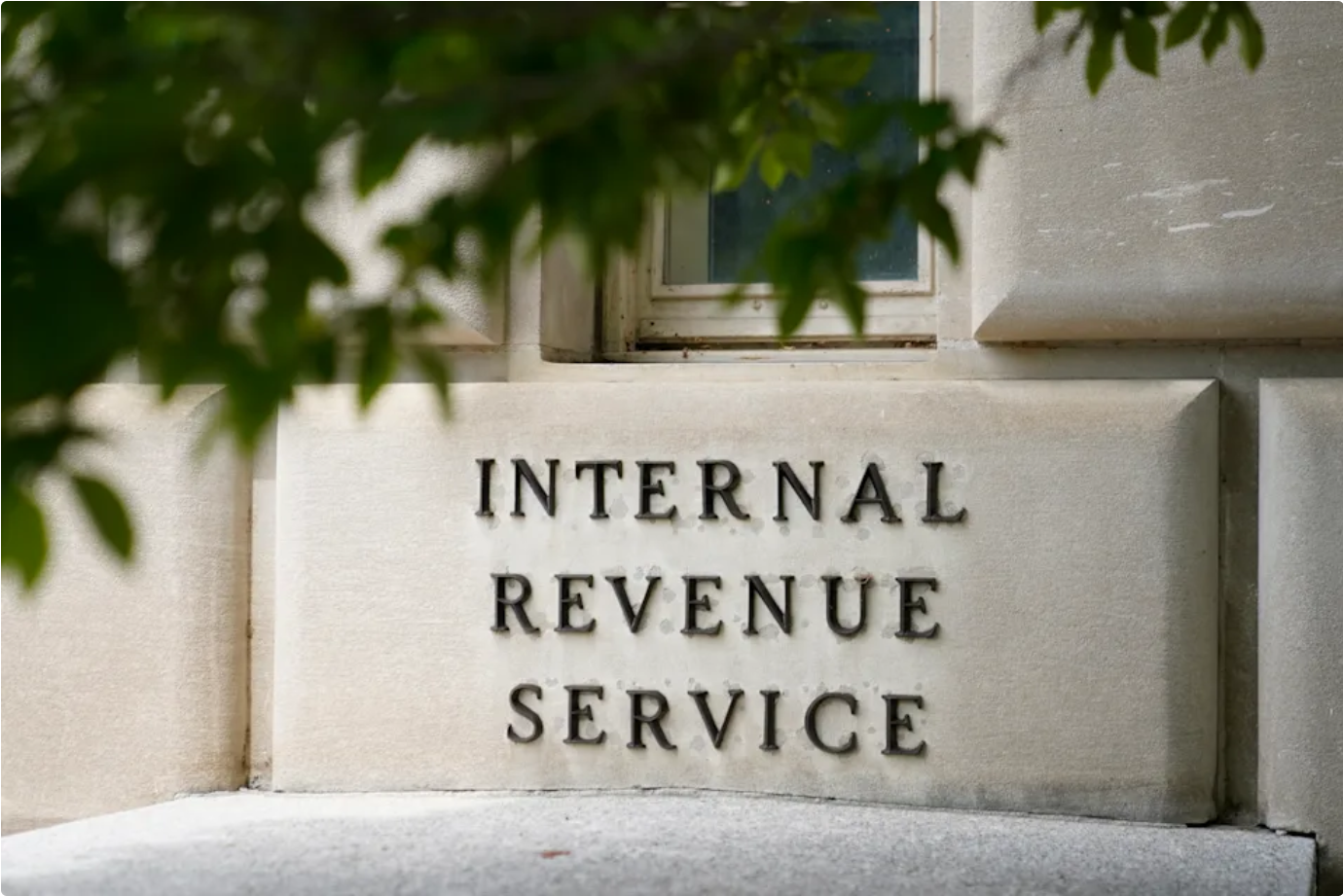Every year, many taxpayers look forward to the receipt of tax refunds, but some find that the refund amount has been deducted or even fully offset. This phenomenon is called “Tax Refund Offset”, which is a legal measure taken by the government to recover the debt owed. This article will systematically analyze the reasons for tax refund offsets, the operating procedures, the notifications received by taxpayers and how to deal with them, to help you sort out the situation and safeguard your own rights.
1. What is a tax refund offset?
Tax refund offset refers to the U.S. Treasury Department deducting all or part of the federal tax refund that taxpayers deserve through the Treasury Offset Program (TOP) to repay their overdue federal or state government debts. Common debts include:
- Delinquent child support
- Overdue student loans
- Unpaid state or federal taxes
- Debts owed to other federal agencies (such as overdue unemployment compensation, etc.)
2. Tax refund deduction process
- Debt information submission
The relevant federal or state agency submits the debtor’s information (name, social security number, amount owed, etc.) to the Treasury Department’s fiscal deduction database. - Tax refund matching and deduction
When taxpayers submit tax returns, the Treasury Department checks the database and automatically deducts the corresponding amount from the tax refund if a matching outstanding debt is found. - Notice issued
After the deduction, the Ministry of Finance will mail a “deduction notice” to the taxpayer, which includes:
- Original tax refund amount
- Amount deducted
- Name and contact information of the collection agency
- Remaining tax refund issued
After deducting the debt, the remaining tax refund will be issued according to the original application method (direct deposit or check).
3. How should taxpayers respond?
- Verify the authenticity of the debt
After receiving the deduction notice, you should contact the creditor agency listed in the notice to confirm the arrears and avoid wrong deductions. - Apply for installment repayment or debt solution
For debts that do exist, you can negotiate with the relevant agency for installment payment or apply for a debt relief plan. - Submit an objection or appeal
If you think the deduction is wrong, you can raise an objection to the creditor agency, and in some cases you can apply for administrative reconsideration. - Spousal tax refund split application
If you file a joint tax return and the deduction is from your spouse’s debt, the taxpayer can fill out IRS Form 8379 to apply for a split tax refund to protect their own rights and interests.
4. How to avoid tax refund deduction?
- Pay off all types of debts in a timely manner
Avoid overdue payments, especially child support and student loans. - Keep communicating with creditor agencies
If you encounter financial difficulties, take the initiative to apply for an extension or installment repayment to avoid debts entering the deduction process. - Pay attention to tax and debt notifications
Handle letters from the IRS and other agencies in a timely manner to avoid deductions due to neglect.
Tax refund deductions are an important means for the government to recover debts. Although it affects taxpayers’ short-term funds, its purpose is to promote debt repayment and protect public interests. Taxpayers should take the initiative to understand their own debt status, communicate and handle them in a timely manner, and ensure that their legitimate rights and interests are not infringed. When encountering deduction issues, rational response and active negotiation are the key to getting out of trouble.
